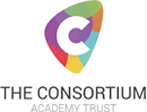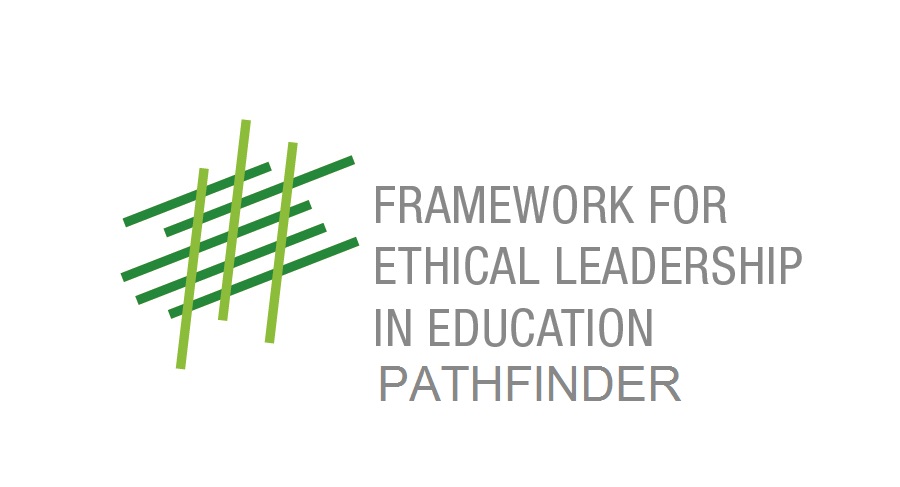Design and Technology
Real problems solved!
Design Technology is an inspiring, rigorous and practical subject. Using creativity and imagination, students design, develop, model and manufacture products that solve real and relevant problems within a variety of contexts considering their own and others’ needs, wants and values. High quality design and technology education makes an essential contribution to the creativity, culture, wealth and well-being of the nation.
Design and technology is an inspiring, rigorous and practical subject. Using creativity and imagination, learners design and make products that solve real and relevant problems within a variety of contexts, considering their own and others’ needs, wants and values. They acquire a broad range of subject knowledge and draw on disciplines such as mathematics, science, engineering, computing and art. Learners learn how to take risks, becoming resourceful, innovative, enterprising and capable citizens. Through the evaluation of past and present design and technology, they develop a critical understanding of its impact on daily life and the wider world. High-quality design and technology education makes an essential contribution to the creativity, culture, wealth and well-being of the nation.
Through a variety of creative and practical activities, students will be taught the knowledge, understanding and skills needed to engage in an iterative process of designing and making. As part of the curriculum student will work with food, and student will be taught how to cook and apply the principles of nutrition and healthy eating. Instilling a love of cooking in students will also open a door to one of the great expressions of human creativity. Learning how to cook is a crucial life skill that enables pupils to feed themselves and others affordably and well, now and in later life.
KS3 Curriculum
|
|
Unit 1 |
Unit 2 |
Unit 3 |
Unit 4 |
7 |
Materials, properties and uses – Timbers (Sweet Dispenser project) |
Materials, properties and uses – Polymers (Mobile Phone Holder) |
Materials, properties and uses – Fibres and Fabrics (Doorstop) |
Food and Nutrition |
8 |
Materials and manufacturing – Metal (Pewter casting) |
Materials and manufacturing – CAD/CAM (Picture frame) |
Materials, properties, their uses- Paper and Board (Happy Meal packaging) |
Food and Nutrition
|
9 |
Materials, properties and uses- new and emerging and technologies/fibres and fabrics (CAD/CAM manufacture) |
Interior design project Design influences and iconic designers
|
Biomimicry Design Work of others and impact on design in the real-world. |
Food and Nutrition
|
KS4 Curriculum
|
|
Autumn |
Spring term |
Summer |
10 |
Design thinking and communication Materials, properties and uses (Skills based Desk Tidy project) Timber/Polymers materials and manufacturing |
Engineering unit Lamp manufacture Usability when design prototypes
|
Learning from Existing products and practice NEA –Explore Investigation of the context Design Brief Investigation of stakeholders needs and wants and outlining the stakeholders’ requirements (non-technical specification) |
11 |
Explore (AO1)
Create: Design Thinking (AO2)
|
Create: Final Prototype (AO2)
Viability of the final prototype Principles of Design and Technology 9.2 Physical and working properties 9.3 Common available forms 9.4 Manipulating and joining 9.7 finishes |
Revision and exam preparation |
Homework
KS3 – set to enhance the enhance the learning within the lesson. This may vary depending on rotation units but will always be communicated. Particularly in food resources and ingredients will be required to complete practical skills and will be requested the week prior and communicate follow school procedures
KS4 – set fortnightly, a variety of revision tasks set on current and previously studied topics to embed knowledge and understanding
Extra-curricular
KS4 Intervention sessions
Sixth Form
Wolfreton is part of The Consortium Sixth Form College and all sixth form course information can be found on its website




